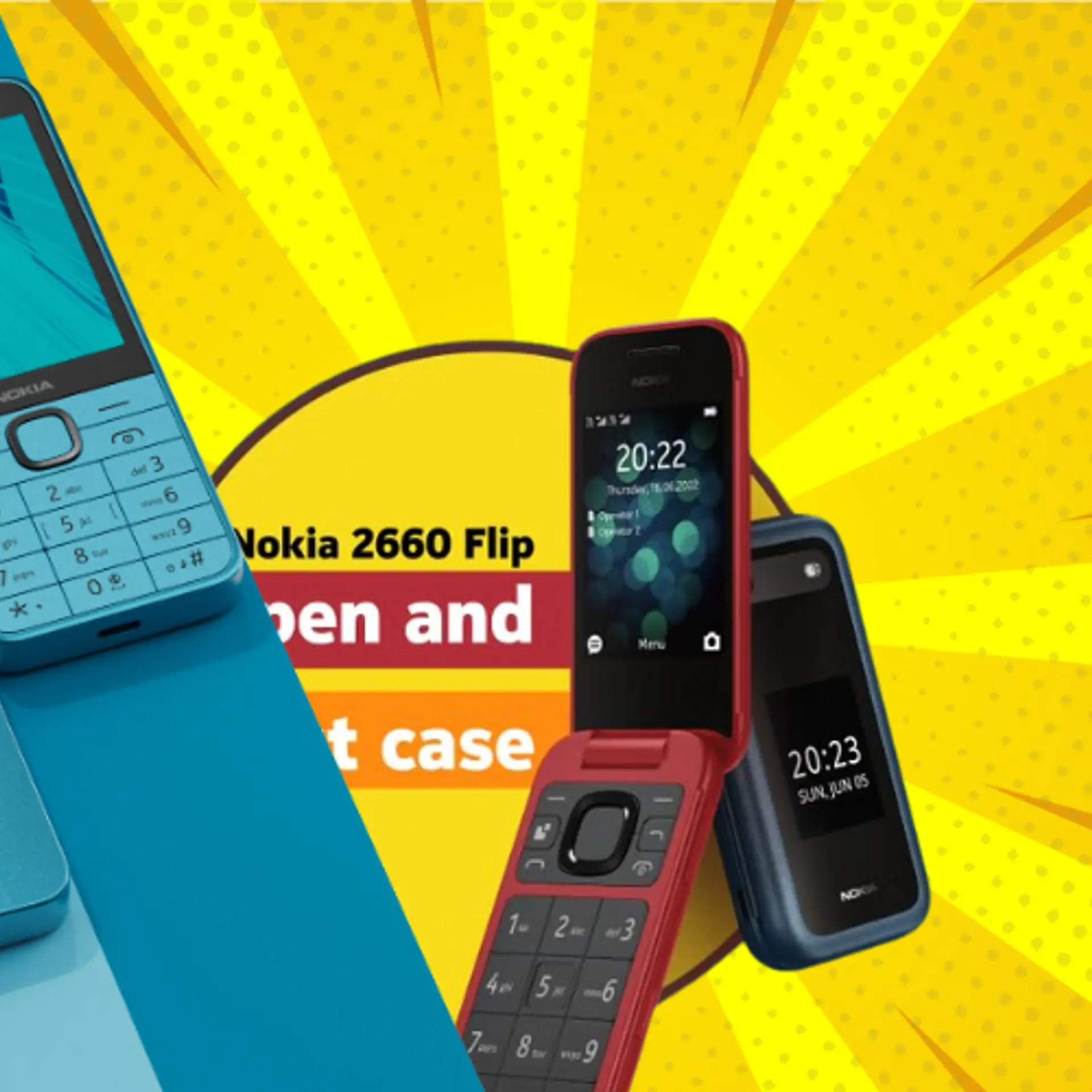What can Entrepreneurs Learn from Apple's Secret Weapon

Apple has arguably created or refined and revitalised at least five new categories in a single decade — the iPod, iTunes, the Apple Store, the iPad, and the iPhone; an incredible achievement. There are many drivers of the success — a flare for cool design, the encouragement of surrounding apps, the perfecting of the user experience, the credibility and visibility of Steve Jobs, the passionate customer base, the brand, and more. However, one key ingredient that is usually overlooked is the ability of Jobs to get the timing right.Some observations:
In October 2001 Apple brought to market the iPod which would sell something over 220 million units over the next eight years. However, as I noted in an earlier blog post, Sony actually launched not one but two iPod-like products fully two years before the iPod was introduced: the Memory Stick Walkman and the VAIO Music Clip. The technology was not ready: each had 64 megabytes of memory that stored only twenty or so songs and was priced too high. Further, the firm was not ready. Sony Music, concerned with avoiding piracy, forced a cumbersome uploading procedure that was inconvenient and resulted in slow transfers.
The iPad and iPhone had similar stories.
The iPad introduced in March of 2010 was preceded a decade earlier by other similar products. In particular, the Microsoft “Tablet PC” was introduced at the 2000 Comdex by Bill Gates himself. All these efforts failed because the technology was not ready and, relatedly, because they lacked any hint of coolness.
The iPhone introduced in January 2007 also had its predecessors. Holman Jenkins writing in the WSJ (“How Apple Foot-Dragged to Victory,” January 26, 2011, p. A7) noted that in the 1990s Jean-Marie Messier had a vision of delivering media content wirelessly, regardless of platform. His company, Vivendi Universal, became a vehicle to realize his vision. In part because of him and others, the mobile industry in Europe invested $500 billion in 3G so that they could deliver against that vision. It turned out that the vision was correct but five years or more premature, and Messier went to jail for overhyping his company. The iPhone arrived at exactly the right time.
Apple, too, had a disastrous premature product: the Newton, a personal digital assistant introduced in 1993 when John Scully was CEO. It was designed to manage schedules and a name list, support note taking using a human writing recognition system, and a variety of other tasks. Despite terrific introductory marketing, the product failed. The Newton was priced high, was both unreliable and sluggish, and had a hard-to-read screen. If the product had waited only two years for the technology to improve and the design to be made more reliable, there might have been a different outcome. In 1996 Palm, with more advanced technology and a less ambitious product vision, came out with the PalmPilot which was a big success.
For an offering to successfully create a new category or subcategory, the technology, the firm, and the market all have to be ready. Having one of these missing usually explains a disappointing innovation initiative. Jobs should be given credit for being a genius at timing.







